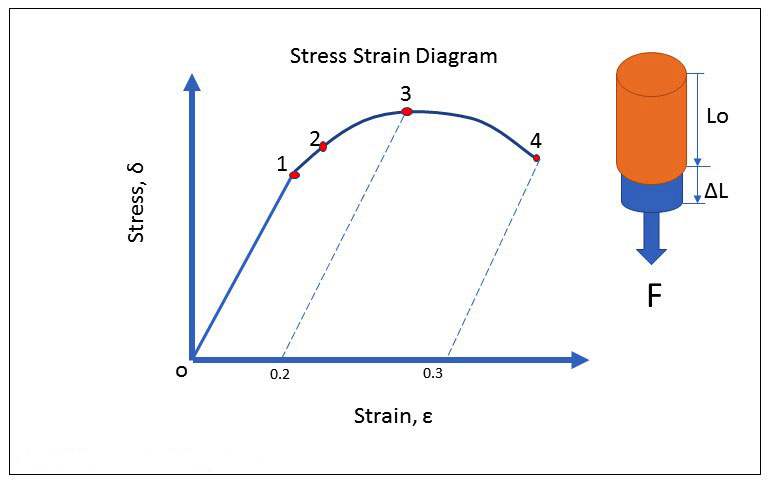This
article is extracted from an exclusive construction article written by Noel
Mades, a renowned civil engineer. The article sheds light on working stress
design and its criterions.
Working stress
design is a useful design process in which structures or members are
well-balanced toward prearranged working loads at stresses which are under
their ultimate values; linear distribution of flexural stresses is accepted.
It’s
a customary method applicable for reinforced concrete design (beams, slabs,
columns, footing etc.) where concrete is supposed to be elastic, steel and
concrete which act elastically in an organized way where the relationship among
loads and stresses is linear.
Working Stress
Design refers to the proportion among modulus of elasticity of steel and
concrete. This conservative method of design greatly impacts modern structural
design.
It is also
dependent on the elastic theory under which the materials, concrete, and steel
are supposed to be stressed properly beneath their elastic limit under the
design loads.
Given below,
the criterions of working stress design.
1. Stress-Strain Diagram
It is a diagram
that demonstrates the stress and strain relationships as well as the elastic
limit where the young's modulus is used and defined as the "elastic
region" happens. The yield point, ultimate tensile stress, and the point
of fracture are also specified.
To
gather more information, go through the following link. nolmads.blogspot.com

~~~~~~~~~~~~~~~~~~~~~~~~
Published By
Rajib Dey
www.constructioncost.co
~~~~~~~~~~~~~~~~~~~~~~~~
No comments:
Post a Comment